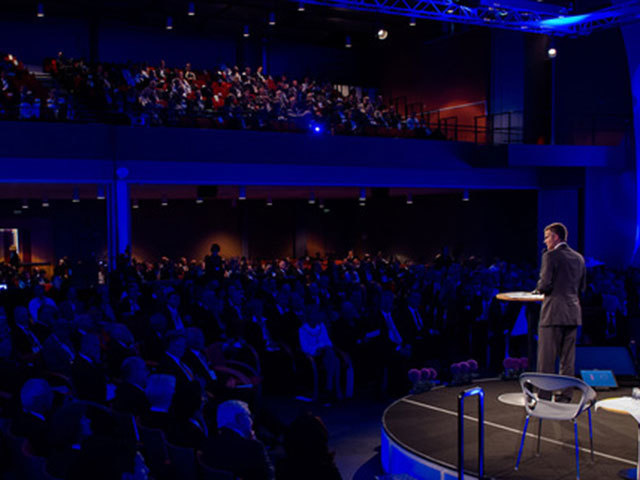
More than half of the £120billion due to be invested in the Norwegian North Sea in the next decade will be spent boosting oil recovery from existing fields, according to new analysis prepared for ONS 2014.
Research specialist Wood Mackenzie said “incremental” projects such as compression installations, infill drilling programmes and field redevelopments will become more important as cost pressures remain in developing the shelf’s mature fields.
The report said the move would support the government’s aim of increasing overall recovery rates from 50-60% in the period.
Wood Mac looked at five large brownfield projects in the NCS which together are set to add estimated reserves of 1 billion barrels of oil while costing developers 30% less than comparable greenfield projects.
But Lennert Koch, Senior North West Europe Upstream research analyst for Wood Mac has warned that increasing costs could put these projects at risk as well.
“Several of the incremental projects have already seen large increases in estimated costs, eroding their value which importantly shows that they are just as much at risk of being cancelled as low value greenfields,” he said.
The company’s report compared the economics of Norwegian greenfield developments against those of five large incremental projects: Åsgard subsea compression, Heidrun Nord Flank, Hod redevelopment, Ormen Lange subsea compression and Valhall Vest Flank.
It found that total combined investment of £6.6billon will increase the recovery factor of the fields by an average of 9% – adding 1 billion barrels of oil equivalent to reserves.
Mr Koch added: “As the Norwegian Continental Shelf is maturing and the government wants to increase overall recovery rates from 50-60%, brownfield and incremental projects are becoming more important.
“We estimate that incremental projects – such as compression installations, infill drilling programmes and field redevelopments – account for almost half of the estimated £120billion of upstream development spend over the next 10 years.”